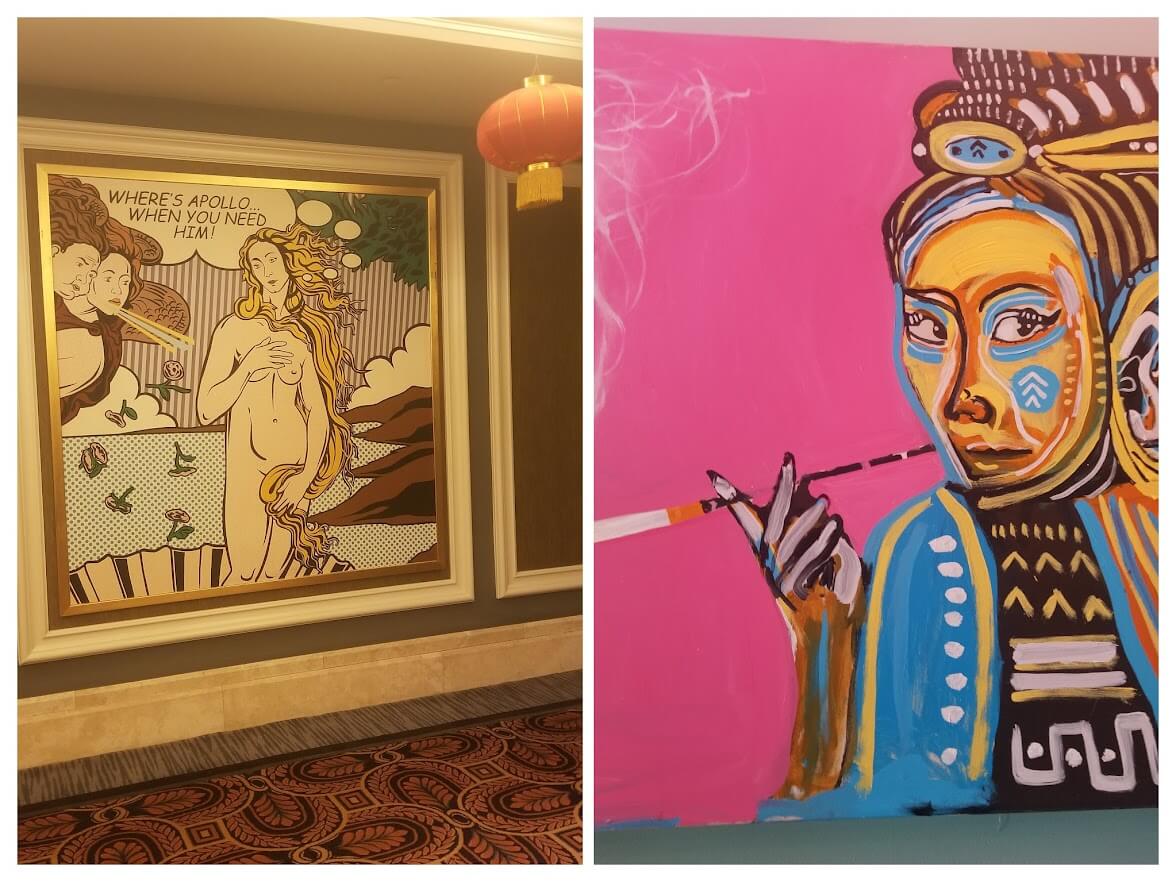Sometime during the 1950’s television sets had begun to become widely available and fairly affordable. Noting this point as the advent of entertainment focused telecommunications; art had begun to be understood as a trivial distraction to conservative intellectuals. The vegetating trance of the television, typically allowing the mind to enter a state of ‘cruise control,’ could be attributed to the public’s low level of input towards programming. Although the Internet seems to descend from this legacy of infotainment, something quite different is going on. While television preaches endless forms of false happiness through consumerism, the design of the contemporary web aims to facilitate “creativity, information sharing, and, most notably, collaboration among users (Wikipedia – Web 2.0)” This arrangement comprises the core methodology of the Open Source Revolution that is beginning to reshape our traditions and lead us towards a new renaissance of gnosis.
Philosopher Terence McKenna, reminding us that “culture is not your friend (1999),” advises to resist the epistemological disease of autocratic content by creating our own art. Through venues such as Youtube and MySpace, music, art, film, and photography, even mildly entertaining, is now able to draw large audiences and develop into a well received meme. Further, the Wiki archetype has effectively turned the amateur into the expert. McKenna often refers to a revival of the archaic, which is set to take place as a reaction to the patriarchal model of the elite handing knowledge down, and forsaking personal revelation. The proliferation of open source programs, granting users the ability to freely edit and redistribute computer software, manifests the artistic position towards which society must move. The world is shrinking in to a global village thru mass media, and the common majority must take direct control in order to reconnect and reconcile into cosmic consciousness.
The term ‘global village’ is often used metaphorically to describe the internet and World Wide Web. Philosopher Marshall McLuhan predicted that a global village would be tribal in character. The open source operating system Ubuntu, a distribution of Linux (a prime example of free software and open source development), derives its name from the South African philosophical notion of humanitarianism. Interestingly, this juxtaposition of concept and utility represents the new archetype of culture towards which the Open Source Revolution is driving. Projects such as Wikipedia, an open content encyclopedia, are able to maintain their integrity, accuracy, and scope through an effort of community and collaboration. The Open Source Revolution lends new drive to innovation, epistemology, peer support, and ultimately an altruism that trumps the capitalist agenda of elitism. I feel that we must adopt the concept of Open Source as a new organizational model for society.
Should the open source paradigm stay confined to computer software and the internet, or should we move to adopt it as a new model for social organization?
“In a global village where we have instant access to innumerable beliefs around the world, we have come to realize the relativity of what we think”
-Walter Anderson
